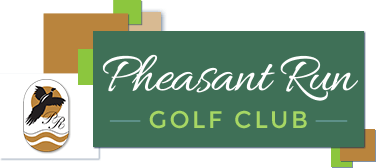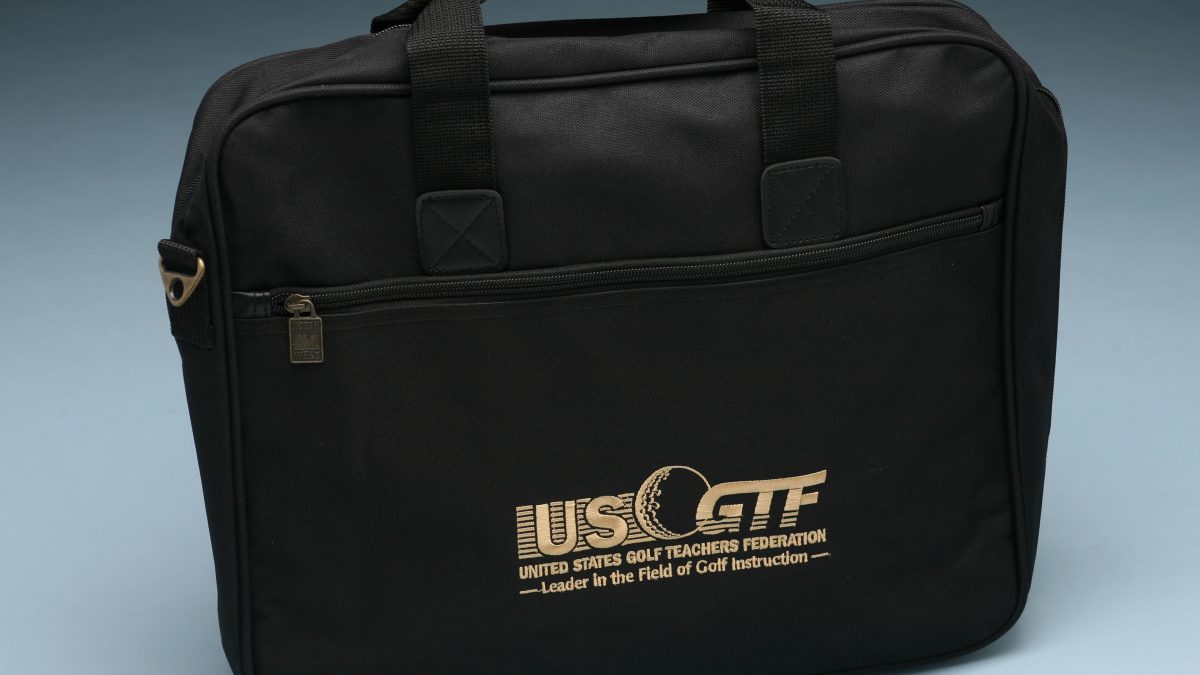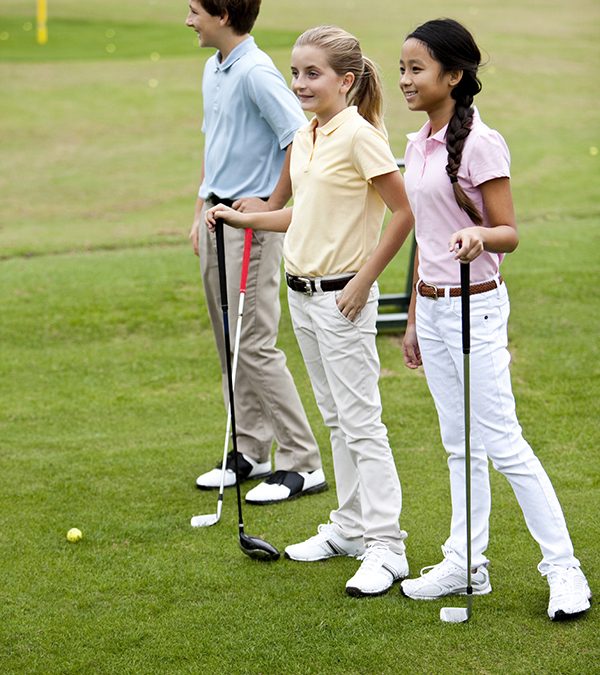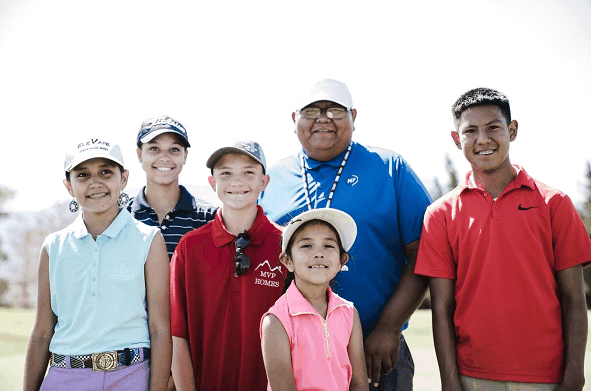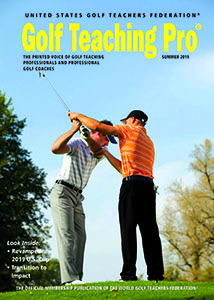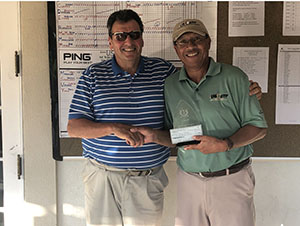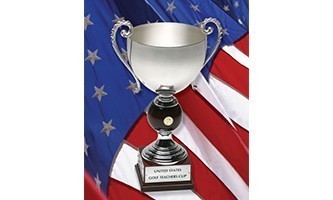Blog
“PRO” File – Touring Professional Shane Lowry
USGTF Briefcase – $25.00
Editorial: Courses, Let Kids Play For Free
The Truth About Teaching Golf
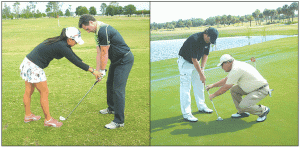 was founded in 1989 by Geoff Bryant, who to this day remains CEO and president of the organization. Geoff knew that a lack of qualified and personable golf teachers abounded and he set out to do something about it. He recruited the best teachers in his golf school operation and created a curriculum that would ensure a good education to those who came to get certified. With tweaks over the years to keep up with modern teaching trends, the USGTF offers a comprehensive golf teachers training course that allows new members to impart their knowledge.
was founded in 1989 by Geoff Bryant, who to this day remains CEO and president of the organization. Geoff knew that a lack of qualified and personable golf teachers abounded and he set out to do something about it. He recruited the best teachers in his golf school operation and created a curriculum that would ensure a good education to those who came to get certified. With tweaks over the years to keep up with modern teaching trends, the USGTF offers a comprehensive golf teachers training course that allows new members to impart their knowledge.
There are currently three categories of USGTF membership being offered: Associate Member, Certified Golf Teaching Professional® and Master Golf Teaching Professional®. Exactly what do each of these certifications mean? An Associate Member has completed the academic curriculum and has the ability to give a competent lesson to an average player. A Certified Golf Teaching Professional – our fully-certified level – has also passed the Playing Ability Test and has the ability to give a competent lesson to an above-average player. And a Master Golf Teaching Professional has the ability to give a competent lesson to all levels of players.
This doesn’t mean that once someone attains Master status that they no longer need to keep learning or improving their abilities. On the contrary, this is where the journey is just getting started! As John Dana said, “Those who dare to teach must never cease to learn.” Which means that as long as we’re involved with teaching the game, our quest for greater and more knowledge must be ongoing.
An example of this would be the swing methodology of the late Moe Norman. Moe used what is described as a “single-axis” swing, where the line formed by his left forearm and club shaft, for all practical purposes, never changed. Teaching Moe’s swing is not part of the official USGTF curriculum, but it would serve members well to learn something about it. Likewise, a method called “stack and tilt,” developed by Mike Bennett and Andy Plummer, is worthy of study by USGTF members. Curiously enough, a similar method called “single pivot” was developed by USGTF member and former examiner Randy Cason, in which the player pivoted around his lead leg and hip on both the backswing and forward swing. While there are some differences between stack and tilt and single pivot, both can be used to good effect by players whose swing tendencies may not be suited for the more conventional model that we teach.
In the last issue of Golf Teaching Pro , Dr. David Wright wrote about his swing discoveries in his methodology called Wright Balance. In over- simplified terms, Wright Balance recognizes that there are three core regions, one of which a player will be the most dominant in. Lower-core players feature a strong grip and more rotated hips through impact. Upper-core players feature a weaker grip, less-rotated hips and they come out of their posture. Middle-core players are a hybrid of both, and the majority of tour players are middle-core players. Studying Dr. Wright’s principles will give any teacher a greater understanding of why certain players do certain things.
The quest for more knowledge can also be successful by taking advantage of the USGTF’s extra-curricular educational materials, available through the USGTF Pro Shop. In 2018, the USGTF also held online educational webinars, answering a demand for continuing education programs. Look for more in 2019. The advantage of webinars is that they can be done in the comfort of your own home without having to travel hundreds or even thousands of miles to access the information.
There are also resources online that are available to teaching professionals. The Facebook group Golf Teaching Professionals, while not affiliated with the USGTF, is open to all who teach the game. But be forewarned that there are some teachers in the group who are heavily into the science of the game and will talk in terms that are beyond the realm of most teaching professionals, even the highly accomplished ones. Gaining more knowledge about teaching doesn’t necessarily mean you have to know what terms such as “275% peak vertical” or where “P6” is in the swing, but there is some good information otherwise in the group.
As golf marches on into the 21st century, the game and its teaching continue to evolve. Staying ahead of the curve is imperative if we are to be successful going forward.

Four Techniques To Keep Kids Interested When Teaching Golf Basics
Introducing a child to golf through coaching is a tremendous responsibility. In those formative years, a child could either embrace or walk away from golf, potentially, for the rest of their lives.
Understanding the power that a coach has for a young golfer is the first step in creating a program that will allow junior golfers to continue their growth in this great game.
Here are four fantastic ways to introduce golf to a child that will have them eager to come back to the course again and again.
Clean Instruction
When we talk about “clean instruction” with a child, it is wise to keep your direction to kids achievable and straightforward. You can’t expect them to understand correct grip, balance, and weight shifting on the downswing anytime soon.
Instead, for example, don’t spend more than a few minutes teaching a young student how to do the tedious things, like gripping the golf club. Once they have a grip on the club that can guide a full swing, then they’re ready to hit the golf ball.
The time for correction and proper fundamentals will come in due time. Now is the time to give them a taste of what makes golf such a great game. You are an ambassador of the game to these children; don’t overthink it. Once they get the bare essentials of golf’s important fundamentals, move on and allow them to swing.
Always Have a Blast
Recently, I read something very observant by famous author James Patterson. He said that children turn away from reading as adults because, at an early age, they were forced to read about subjects that didn’t interest them. Instead, Patterson encourages teachers to allow children to read primarily about their favorite things in life, in an effort to grow a love of reading.
Coaching golf to children is no different.
If a child shows genuine interest in playing golf, then their early days with the game should place a total emphasis on having the time of their young lives. Whether that comes from creating fun games on the range and putting green to challenging them with some lighthearted competitions with other junior golfers, the most important thing is that they are smiling with the golf club in their hands.
Let it Fly
I don’t care if you are five or 95 years old, everyone loves to see their golf ball fly down the fairway. One of the real joys in sports is the feeling a golfer gets when their ball hits the sweet spot and launches into the air.
Yes, for the children, that ball flight won’t be long, but that initial sensation as the ball leaves the clubface is one that keeps all of us coming back for more on the course. Chasing that incredible sensation at impact is why it is essential to allow the child to let it fly once they are comfortable with their swing.
The feeling they will get when they hear your encouragement after a great strike will delight the junior golfer, allowing them to relax and focus on making pure contact with each future swing.
Be the Wingman
Finally, if the child is spending the majority of their time on the golf course listening to you lecture while dictating their activities, then you are setting a precedent with the junior golfer that equates the experience to learning in a stuffy classroom.
Golf should always be enjoyable in these early stages and therefore, you, as the coach, should take a step back and work as a wingman during drills and games. Yes, you will need to establish fundamentals and show the child how the game works, but too often, coaches of young golfers get in the way and impede true joy.
We’ve all heard the stories about how Bubba Watson taught himself the game of golf, but his education came from a desire to go out every day and find new and creative ways to hit the golf ball. He would find nearby trees to hit over, under, and around or play in the sand with a wedge learning new ways to shape shots and spin the ball. These young golfers won’t be able to do those things yet, but they will have a voice, like Bubba’s, that can lead their time on the range and putting green.
Let the child choose their path of learning on the course and they will forever be students of the game.
Summer Issue of Golf Teaching Pro Almost Here
Pierce Wins NE Title; Central Up Next
Lisa Monaco of Stormville, NY, won the Ladies’ division; Matt Maronski of Philadelphia, PA, won the 20-49 division; Tom McCallister captured the 50-59 division, and Ecker captured the 60-69 division. Bob Corbo, Northeast Region director, remarked on the playoff, “This was a very exciting finish to a great tournament.”
For more information on the USGTF Northeast Region and its activities, please contact Corbo at (609) 520-0040 or simductivegolf@gmail.com.
Central – The 2019 USGTF Central Region Championship, a 36-hole stroke play event, will be held Sunday and Monday, August 4-5, at Pheasant Run Golf Course in Canton, Michigan. For more information and to register, please visit http://www.mogtt.com/central-championship/. Questions can be referred to region director Brent Davies at btkadavies@comcast.net or (248) 701-6843. The Michigan/Ontario Golf Teachers Tour also boasts a complete summer schedule. Please visit http://www.mogtt.com for more information.
U.S. Cup Registration Now Open
Please be advised that there is a strict limit of 100 total participants (pros and amateurs), and Sedona is a very popular tourist destination, so please make your reservations early to assure your spot.
“PRO” File – Nate Lashley
Nate Lashley, who won the Rocket Mortgage Classic on the final day of June, embodies what professional golf’s opportunities are all about. He was a promising collegiate golfer at the University of Arizona, competing in the 2004 NCAA regional with his parents and girlfriend in the gallery. On the way home by plane, his parents and girlfriend died when the plane crashed. The tragedy affects him to this day. After graduation, he tried his hand on golf’s mini-tours before giving up to sell real estate. Giving professional golf another go a few years ago, he rose through the ranks, played well enough on the Korn Ferry Tour to get his PGA Tour card, and is currently in his second season on the main stage. Lashley’s story of perseverance has resonated within the golf community, and although a late bloomer at age 36, seasoned observers believe this will not be his only victory.

